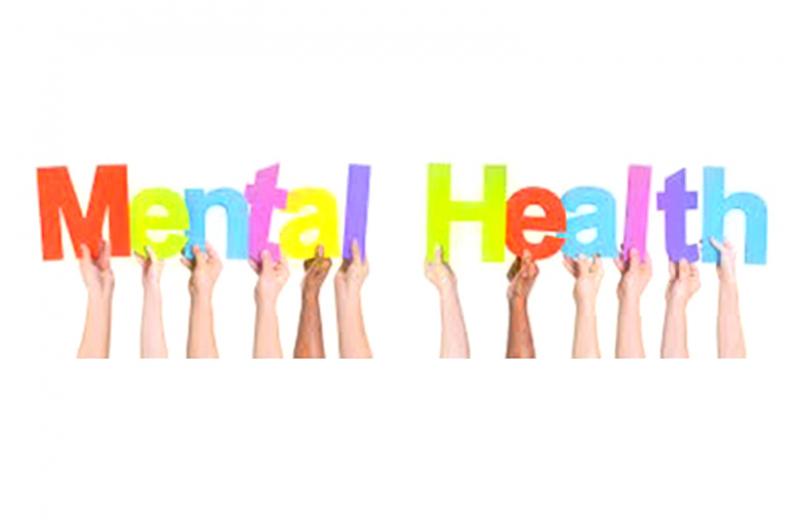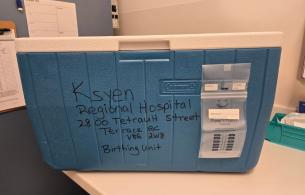(Editor’s note: This article first appeared in Northern Health’s Healthier You – Fall 2018 edition on Youth Mental Wellness. Read the full issue here.)
What makes some youth thrive? What makes some youth struggle? Why do some youth flourish in the face of adversity while others grab on to higher risk behaviours and means to cope? While these questions are very common, their answers are very complicated and difficult to address. What we know for sure is that both youth and adults have some power to impact their mental health.
One of the ways we can foster positive mental health is by building a wellness plan that really has a back to basics approach. Key pieces include nutrition, sleep, social connectedness, and delayed or safer substance use practices – all of which we can empower youth to consider in their day-to-day lives.
Nutrition
Adolescence is a time of significant growth. Youth need to fuel their bodies and minds to feel their best. Nutrition education and food skills training are a great way to engage youth in learning about fueling their body and how the foods we eat impact the way we feel both physically and mentally. Taking some time to build breakfast, lunch, and dinner plans into the schedule can have big impacts. Including youth in the planning and preparing of meals can support skill building and provide opportunity for connection.
Sleep
A good night’s sleep is important for both physical and mental health. The amount of growing and developing underway in the body and minds of youth requires a great deal of rest. The Canadian 24-hour movement guidelines suggest youth ages 5 to 13 should strive for 9 to 11 hours of sleep, while youth ages 14 to 17 should aim for 8 to 10 hours. You know you are getting enough sleep when you wake feeling rested and ready to take on the day. Lack of sleep can lead to challenges with concentration at school, more aggressive or agitated behaviour, and even avoidance of usual activities.
Social Connection
Youth benefit from social connection to peers, family, schools, and communities. Connectedness that remains intact as they move through the years help them gain a sense of self-identify. It can be valuable for teens to have different groups of friends (e.g. engaging with sports, arts, and education programs), so that if one peer group becomes inaccessible, there are still people around for youth to relate to. Establishing connection to people and spaces that are diversity-welcoming and substance free goes a long way to support mental health and preventing onset of substance use.
Substance Use
A primary piece of substance use prevention is delaying uptake of substance use by youth until later in life. We know that the earlier youth begin to use substances, the more likely they are to develop a substance use disorder later in life. Ensuring access to drug education, engaging in/with activities and environments that are diversity-welcoming and substance free, and have access to a full continuum of substance use services is beneficial. Youth should also consider their intake of caffeine or energy drinks along with alcohol, cannabis, and tobacco and consider safer ways to consume if substances are part of their lives. Reducing the amount of substance use, the frequency of use, and finding lower risk methods of consumption, using less potent products will all contribute to a harm reduction approach to substance use.
Resources
For more information on promoting positive mental health in youth, or to find information on specific mental health and substance topics, please visit Kelty Mental Health online at or Here to Help BC at or the Canadian Mental Health Association of BC.














Comments